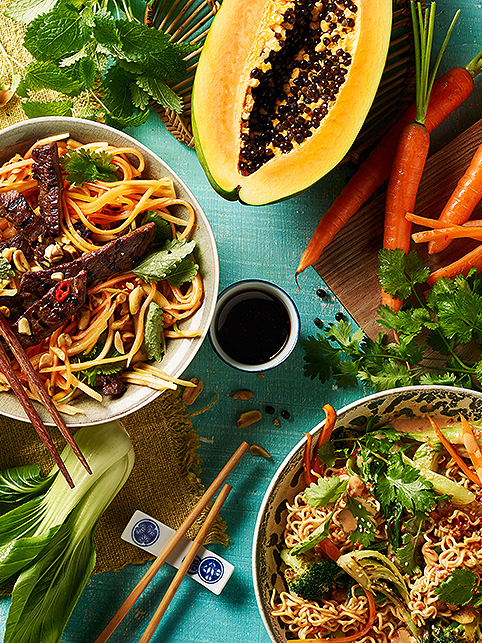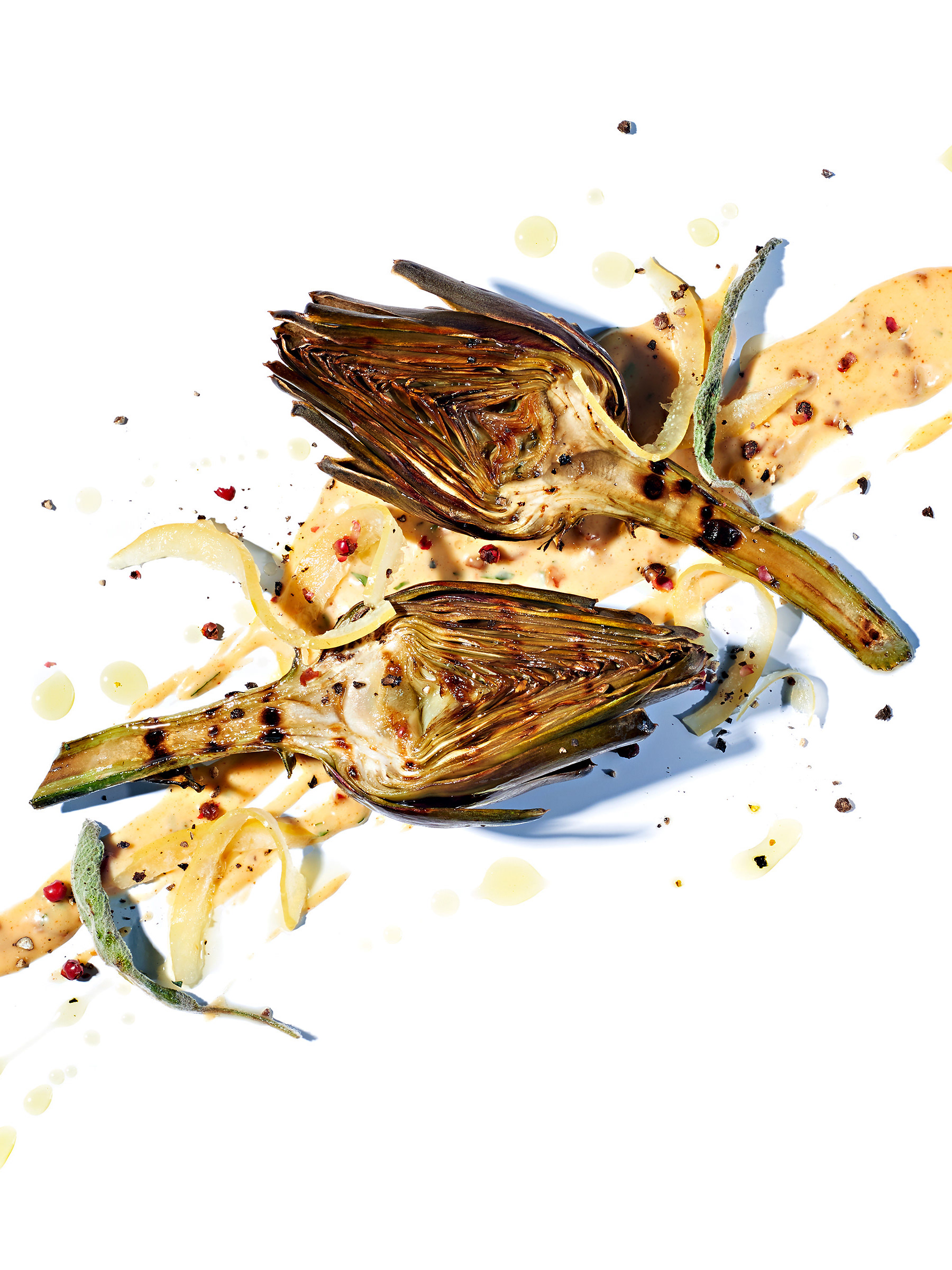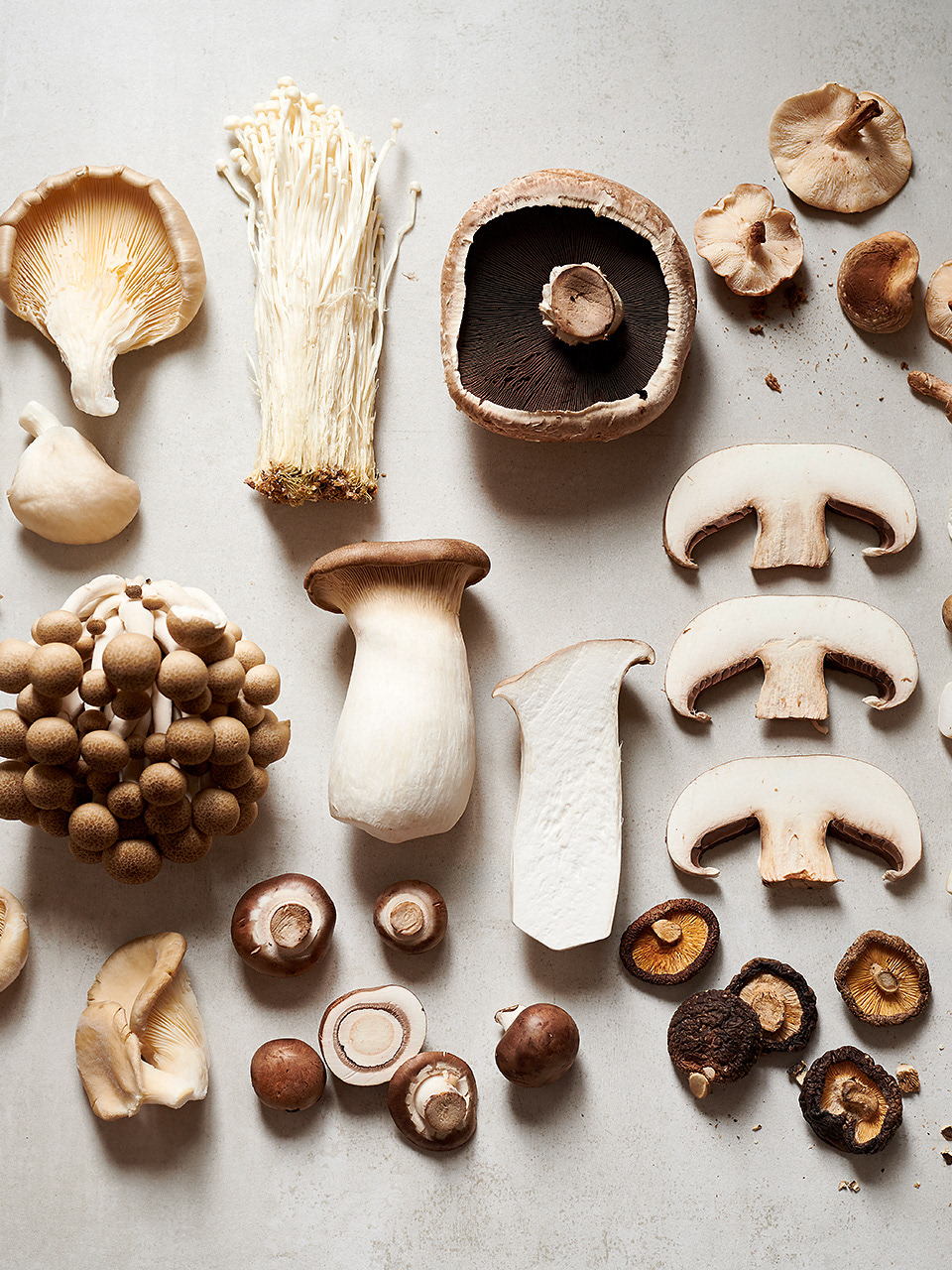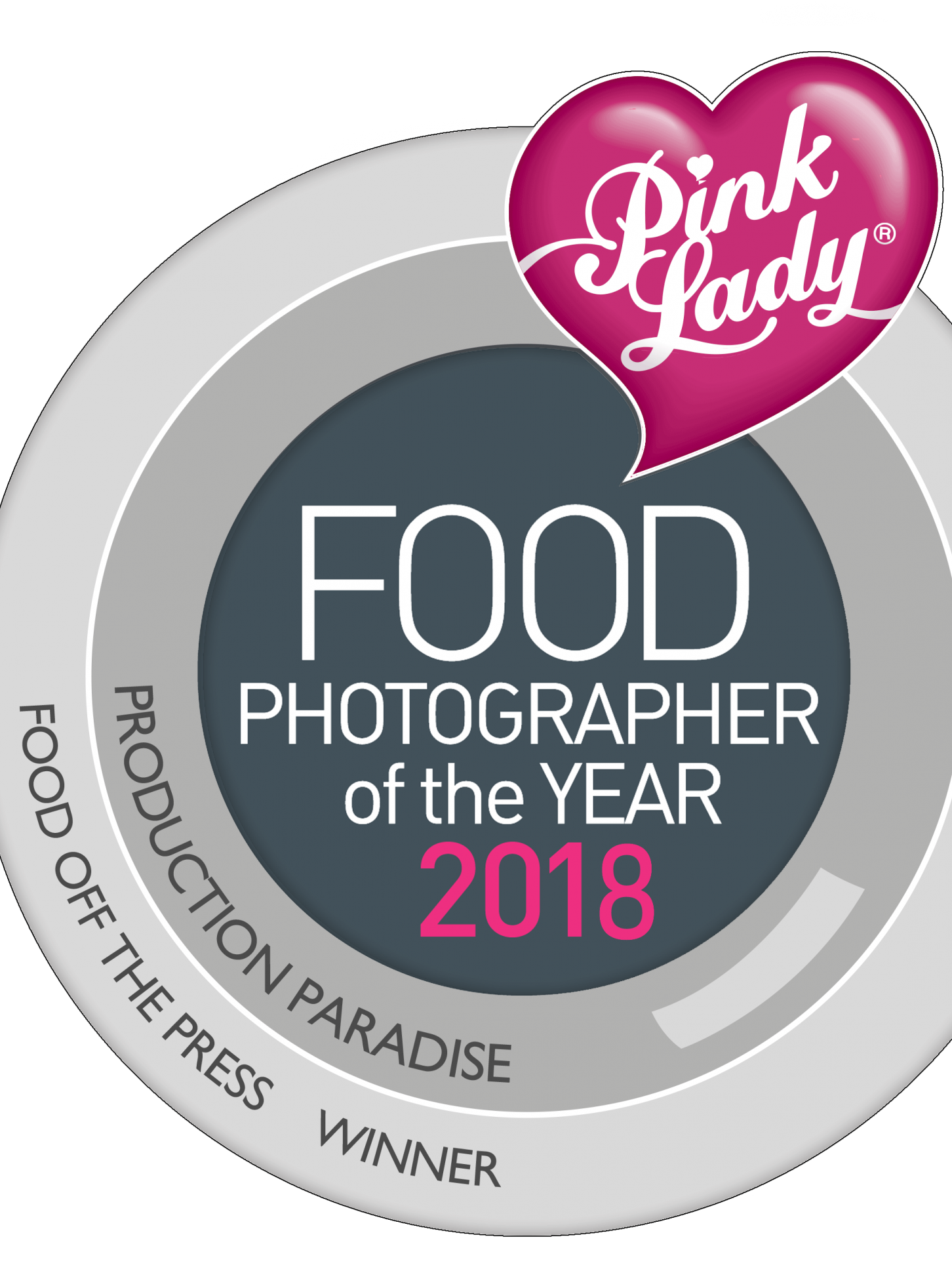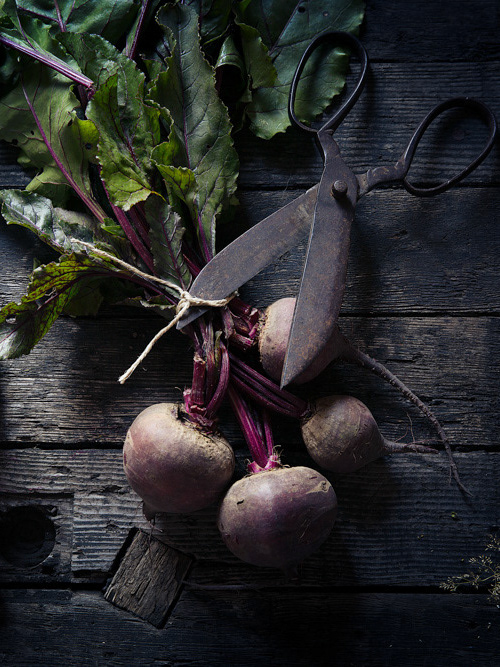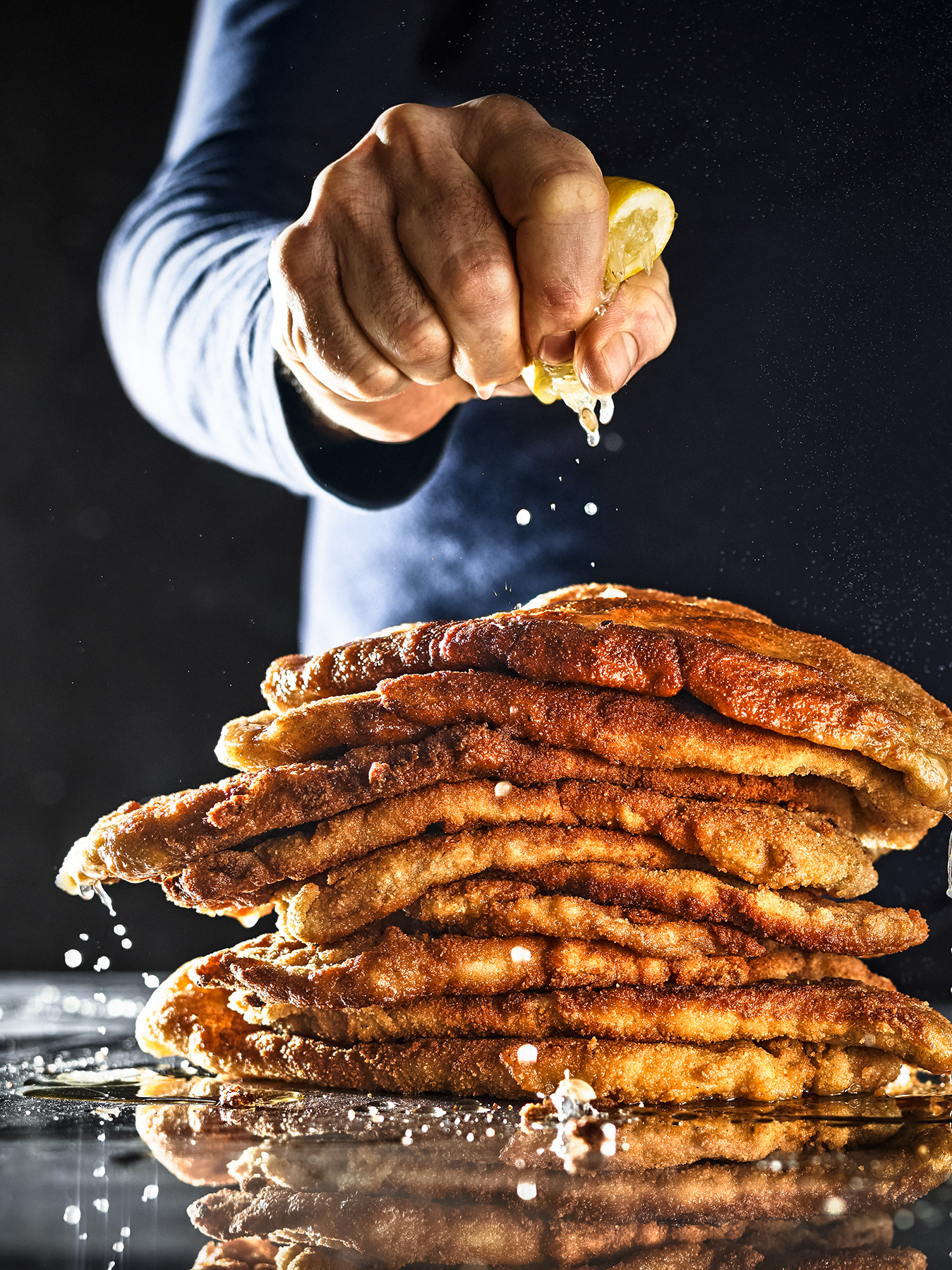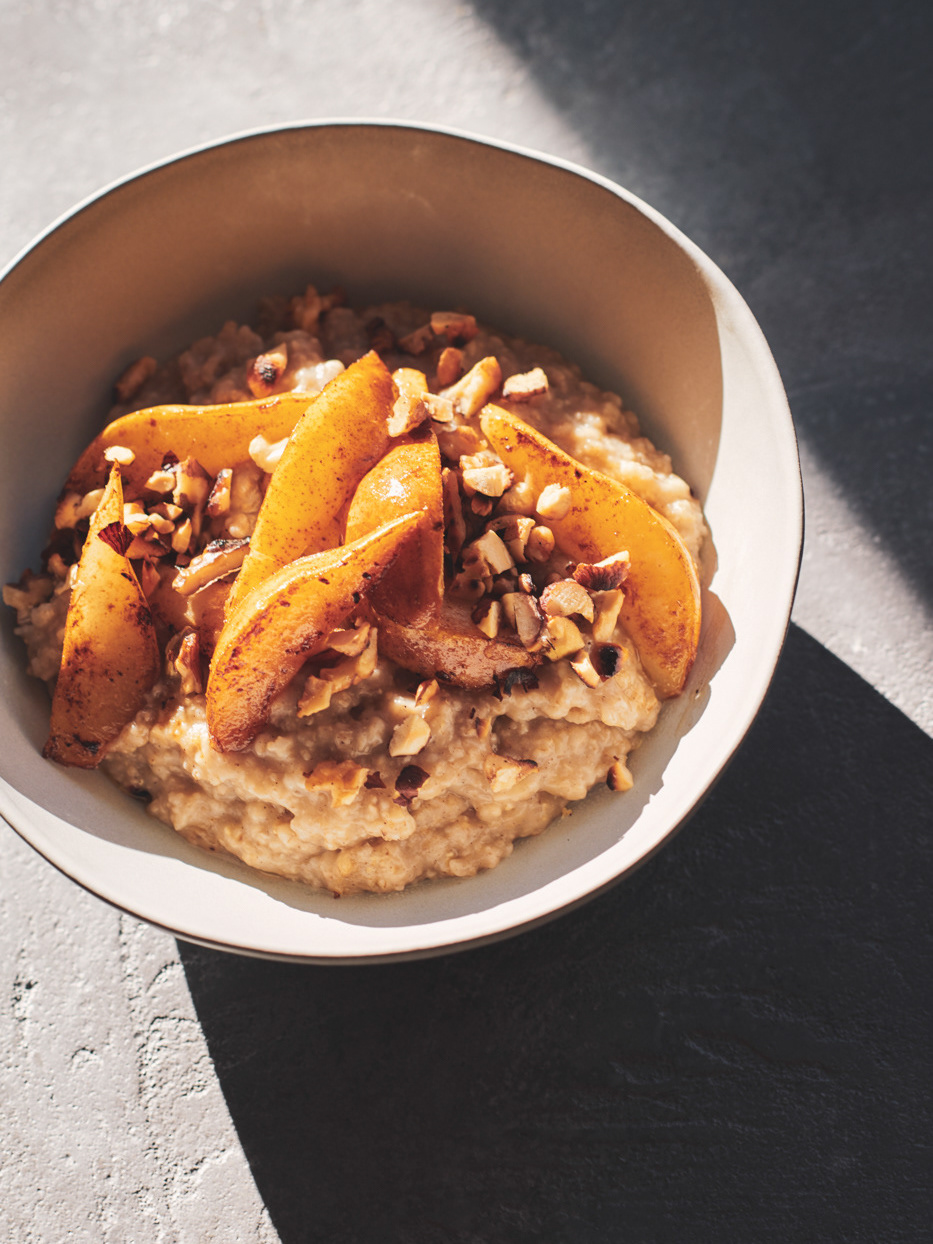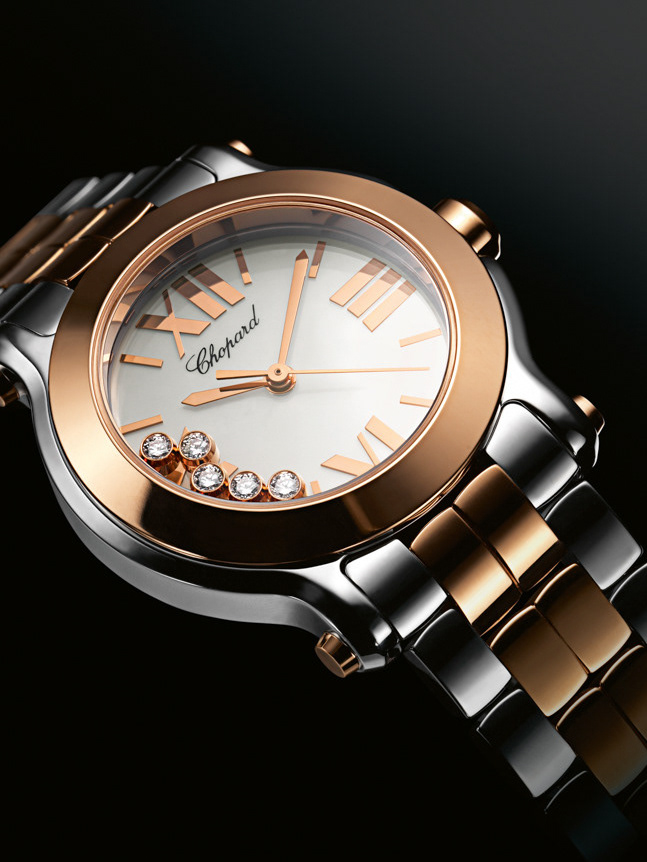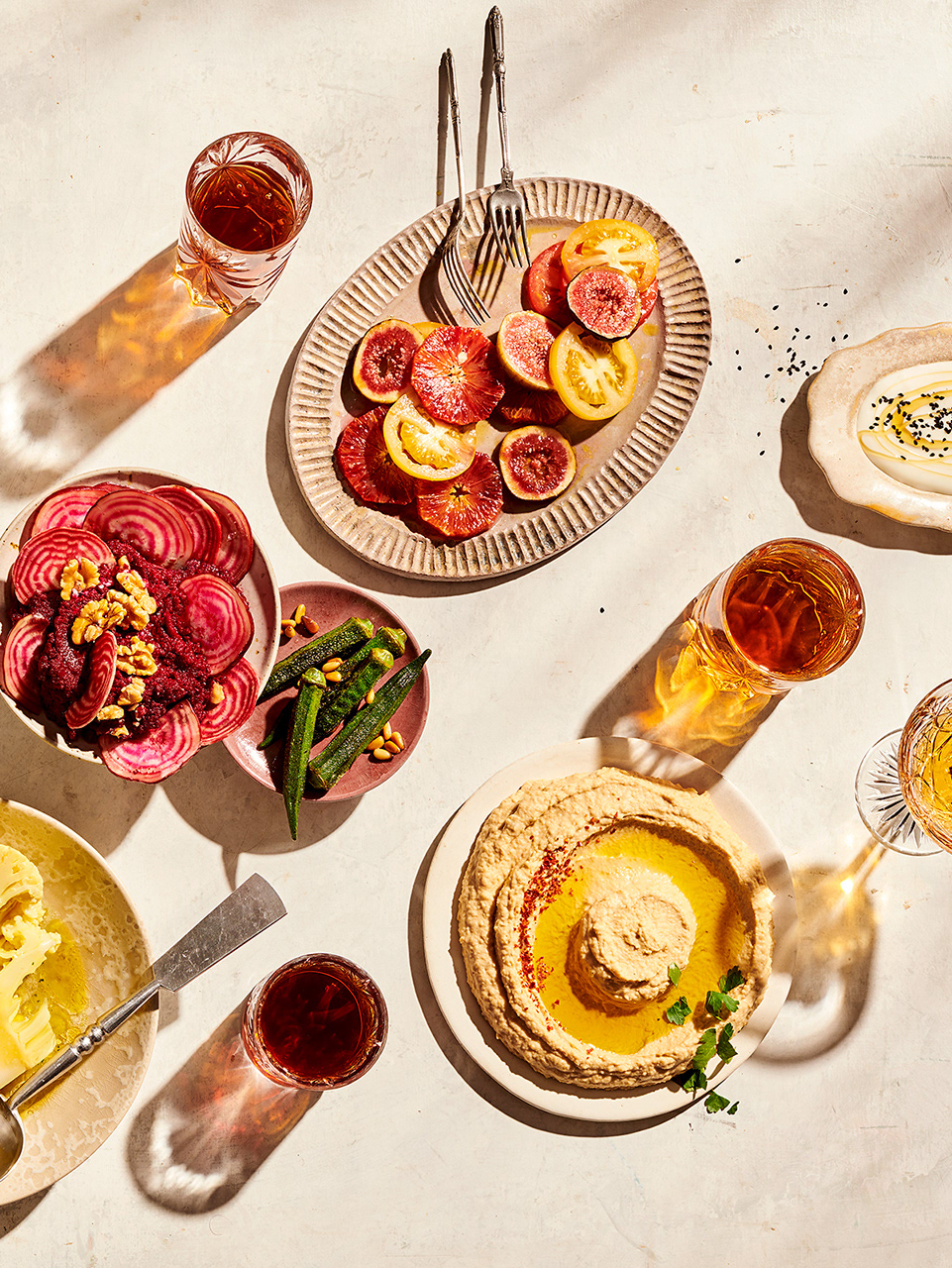I did an Interview for their Big Photo Ezine Issue 21, all about Food Photography. Read this, or head over and have a look at the online version of the magazine.
I went through a classical training as a commercial photographer very early, age 17. But it took some time, some memorable small jobs and adventures, before I finally dived into photography again.
I specialised for several years in watch and jewellery photography but I eventually followed my passion for photographing food. Since then I’ve been working for well-known agencies and brands, as well as for food blogs and publishers.
I specialised for several years in watch and jewellery photography but I eventually followed my passion for photographing food. Since then I’ve been working for well-known agencies and brands, as well as for food blogs and publishers.
My inspiration comes mostly through things I like or admire, like the taste of food, or the people who cook it or gather the ingredients. I’m very into bread; I love baking myself and talking to bakers, or just eating from a good loaf of bread makes me happy. From there the inspiration flows.
I also become inspired by walking the streets, reading newspapers, seeing a theatrical play or going to the opera. Stage design often fascinates me, particularly working with light and how a story or feelings can be transmitted through carefully executed set design.
A few years back I somehow got hold of the first issue of BEEF! Magazine and there my curiosity for the food world really started. I came across Katie Quinn Davies, Jody Horton and Jason Lowe whose photographic work inspired me and still does, and Yotam Ottolenghi’s cookbooks have woken my passion for the Middle-Eastern kitchen and its fantastic flavours.
Before all this, when I was still searching for my ‘thing’ in photography, a consultant for photographers – and now a good friend – told me that maybe I should consider doing photography just as a hobby and earn my money elsewhere. That sentence didn’t leave me, and I seriously considered her words. Slowly I started to take pictures the way I liked them and in a different way to my daily work as a jewellery photographer. I started to develop my own style, not caring about what others thought or how internet blogs advised it should be done. In some ways I developed a new child-like curiosity about the medium. And it was there where I found my own style in composing images or finding my subjects – food and everything related to it.
That is what I can say to students in photography today: take your time, just do your own thing. Follow your curiosity and take your pictures regardless.
There’s a sentence in German, I don’t know its origin, that puts it straight to a point: “Machen ist wie wollen, nur krasser“ -‘to do’ is like ‘to want to do it’, only far more extreme…. See?!
I do most of my photography with Nikon DSLR’s and fixed focal lengths like 50mm and 85mm. They’re handy, reliable and the image quality is outstanding, especially for post processing. On my travels I don’t carry a lot of equipment with me. It must be light and discreet. I did some of my best shots with a Panasonic GF1 back then. I like to work without a viewfinder. It gives new perspectives and is less ‘serious’. Today I carry a Leica Q with me and it reminds me of that GF1 back then. Of course, for my advertising work I go with medium format cameras, such as Hasselblad’s H6D and its awesome 100Mpx Back.
Post processing I do in Adobe Lightroom for the travel and reportage work, and my composed studio shots and commercial work runs through CaptureOne or Phocus with final touch in Adobe Photoshop.
These days I would advise keeping up the ‘background noise’ as we photographers say, as much as possible. That means upload your work to as many platforms as you can and be as visible as you can. For example on Behance, Instagram, platforms like Production Paradise or CÆTCH. Become a member of a professional association, like the Berufsverband Freie Fotografen und Filmgestalter e.V in Germany. Meet your colleagues there and exchange knowledge, do exhibitions and enter awards, (like I did with Pinklady’s Food Photographer of the Year).
Make sure your work gets seen and attracts clients and finally you can make a living out of your passion.
But not just great creative output is necessary these days. One should also build a reputation of efficiency, reliability to your customers, paying your bills on time etc. In other words, be professional!
There are a lot of photographers out there and the market is changing rapidly. One has to monitor the changes often and adapt to it. Keep up with new techniques and styles. Listen and follow that inner curiosity – that is what matters.
